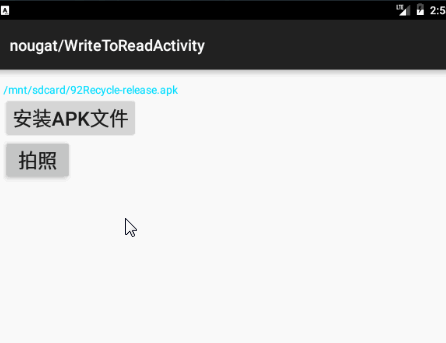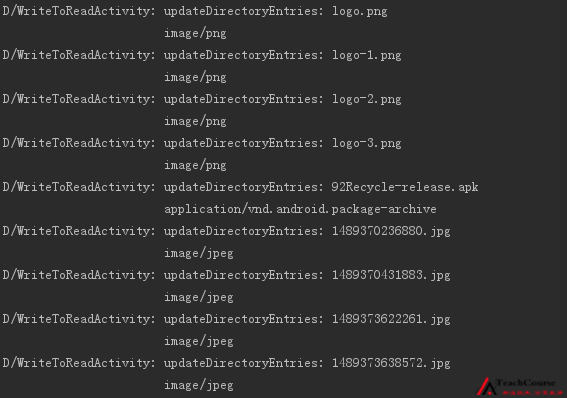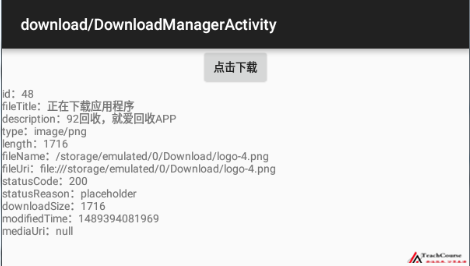背景
配合监管要求,针对APP用户获取管理权限做如下整改:
APP在首次启动页面对权限进行解释说明(包括解释权限的涵义以及说明使用权限的用途)
个人中心-设置,增加权限设置菜单,展示涉及获取的所有权限,以及展示当前开启/关闭状态
一切为了监管……
软件环境
Xcode11.2
Swift4.2
iOS13.2.2
开门见山,上代码
工具类:SystemPermissionMonitor.swift
检测相机权限
static func checkCamera() -> (Bool, AVAuthorizationStatus) {
let status = AVCaptureDevice.authorizationStatus(for: .video)
return (status == .authorized, status)
}
检测相册权限
// (iOS 8, *)
static func checkPhotoLibrary() -> (Bool, PHAuthorizationStatus) {
let status = PHPhotoLibrary.authorizationStatus()
return (status == .authorized, status)
}
// (iOS, introduced: 6.0, deprecated: 9.0, message: “Use PHAuthorizationStatus in the Photos framework instead”)
static func checkPhotoLibrary4oldVersion() -> (Bool, ALAuthorizationStatus) {
let status = ALAssetsLibrary.authorizationStatus()
let authorized = status == .authorized
return (authorized, status)
}
获取相册权限
static func openPhotoLibraryAlert() -> (Bool, PHAuthorizationStatus) {
let sema = DispatchSemaphore(value: 0)
var status: PHAuthorizationStatus = .notDetermined
PHPhotoLibrary.requestAuthorization { (authStatus) in
status = authStatus
sema.signal()
}
let _ = sema.wait(timeout: DispatchTime.distantFuture)
return (status == .authorized, status)
}
检测定位权限
static func checkLocation() -> (Bool, CLAuthorizationStatus) {
let status = CLLocationManager.authorizationStatus()
return (status == .authorizedAlways || status == .authorizedWhenInUse, status)
}
检测通知权限
static func checkNotification() -> (Bool, Any?) {
if #available(iOS 10.0, *) {
let sema = DispatchSemaphore(value: 0)
var status: UNAuthorizationStatus = .notDetermined
UNUserNotificationCenter.current().getNotificationSettings { (settings) in
status = settings.authorizationStatus
sema.signal()
}
let _ = sema.wait(timeout: DispatchTime.distantFuture)
return (status == .authorized, status)
} else {
let settings = UIApplication.shared.currentUserNotificationSettings
let types = settings?.types
let isEnabled = types == [.alert, .badge, .sound]
return (isEnabled, types)
}
}
ViewModel:SystemPermissionViewModel.swift
App需要用到的权限枚举
enum PermissionType: Int {
case PhotoLibrary
case Camera
case Location
case Notification
case Audio
case Others
}
实体
struct PermissionModel {
var name: String?
var status: Any?
var authorized: Bool = false
var permissionType: PermissionType = .Others
init(_ name: String?, permissionType: PermissionType) {
self.name = name
self.permissionType = permissionType
}
}
数据初始化
var permissionArray: [PermissionModel] = []
override func setup() {
super.setup()
let permissionNameArray = [“相册”,”相机”,”地理位置”,”通知”, “麦克风”, “其他”]
let permissionTypeArray: [PermissionType] = [.PhotoLibrary, .Camera, .Location, .Notification, .Audio, .Others]
permissionArray = []
for (i, name) in permissionNameArray.enumerated() {
let model = PermissionModel(name, permissionType: permissionTypeArray[i])
permissionArray.append(model)
}
// Check permission
checkPermission()
// Reload tableView
updateDataArray(permissionArray)
}
检测是否开启各权限
private func checkPermission() {
let (authorized4photoLibrary, status4photoLibrary) = SystemPermissionMonitor.checkPhotoLibrary()
filterPermissionArray(authorized4photoLibrary, status: status4photoLibrary, permissionType: .PhotoLibrary)
let (authorized4camera, status4camera) = SystemPermissionMonitor.checkCamera()
filterPermissionArray(authorized4camera, status: status4camera, permissionType: .Camera)
let (authorized4location, status4location) = SystemPermissionMonitor.checkLocation()
filterPermissionArray(authorized4location, status: status4location, permissionType: .Location)
let (authorized4notification, status4notification) = SystemPermissionMonitor.checkNotification()
filterPermissionArray(authorized4notification, status: status4notification, permissionType: .Notification)
let (authorized4audio, status4audio) = SystemPermissionMonitor.checkAudio()
filterPermissionArray(authorized4audio, status: status4audio, permissionType: .Audio)
}
过滤不需要显示的权限&更新权限实体状态
private func filterPermissionArray(_ authorized: Bool, status: Any?, permissionType: PermissionType) {
for (i, model) in permissionArray.enumerated() {
if model.permissionType != permissionType { continue }
if isNotDetermined(status, permissionType: permissionType) {
// Remove permissions that user has not yet made a choice with regards to this application
permissionArray.remove(at: i)
} else {
// Update the value of the property
permissionArray[i].authorized = authorized
permissionArray[i].status = status
}
break
}
}
判断用户是否尚未对此应用程序的权限作出选择(.notDetermined)
/// Whether user has not yet made a choice with regards to this application
private func isNotDetermined(_ status: Any?, permissionType: PermissionType) -> Bool {
switch permissionType {
case .PhotoLibrary:
let status: PHAuthorizationStatus? = status as? PHAuthorizationStatus
return status == .notDetermined
case .Camera, .Audio:
let status: AVAuthorizationStatus? = status as? AVAuthorizationStatus
return status == .notDetermined
case .Location:
let status: CLAuthorizationStatus? = status as? CLAuthorizationStatus
if #available(iOS 13, *) {
// “Allow once”, your app will be notified that the CLAuthorizationStatus changed to authorizedWhenInUse. Just like you’re used to in older iOS version when you get a permanent permission. It is now allowed for your app to start requesting locations, no code changes necessary.
// Users can jump out and back into your app, and you will still have location permission. It’s only after a (longer) period of inactivity that iOS will revoke the permission and turn the CLAuthorizationStatus back to notDetermined
// Return false, adapting to the new ‘allow just once’ location permission in iOS 13
return false
}
return status == .notDetermined
case .Notification:
if #available(iOS 10.0, *) {
let status: UNAuthorizationStatus? = status as? UNAuthorizationStatus
return status == .notDetermined
}
break
default:
break
}
return false
}
效果图









